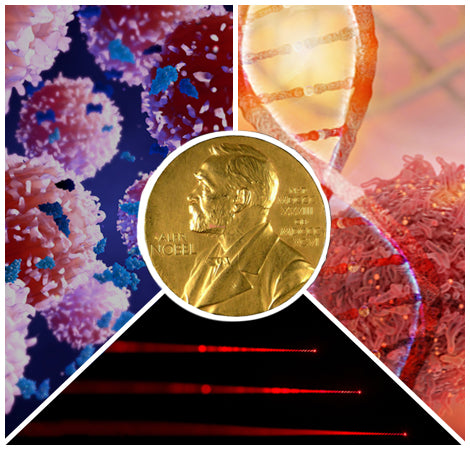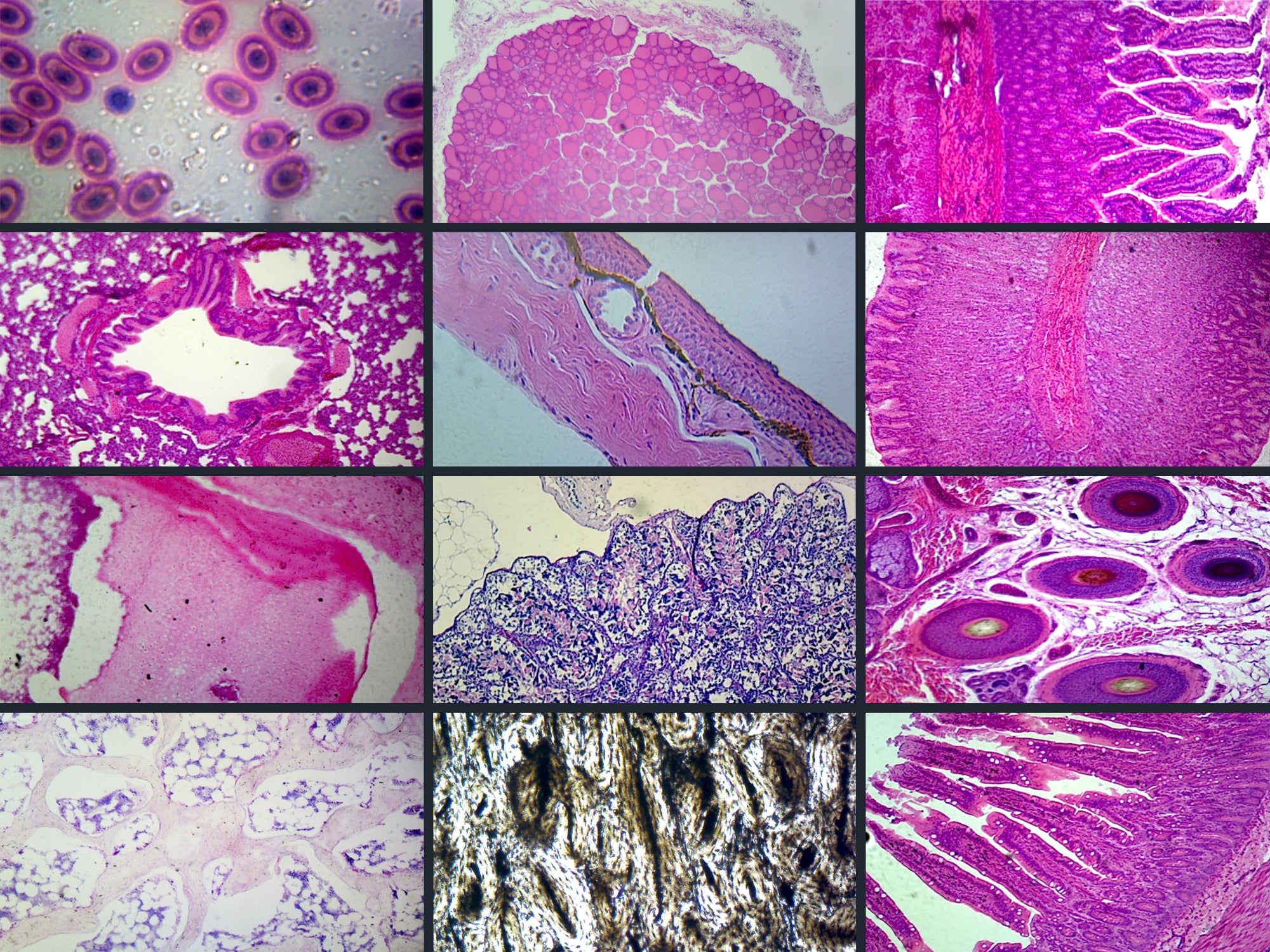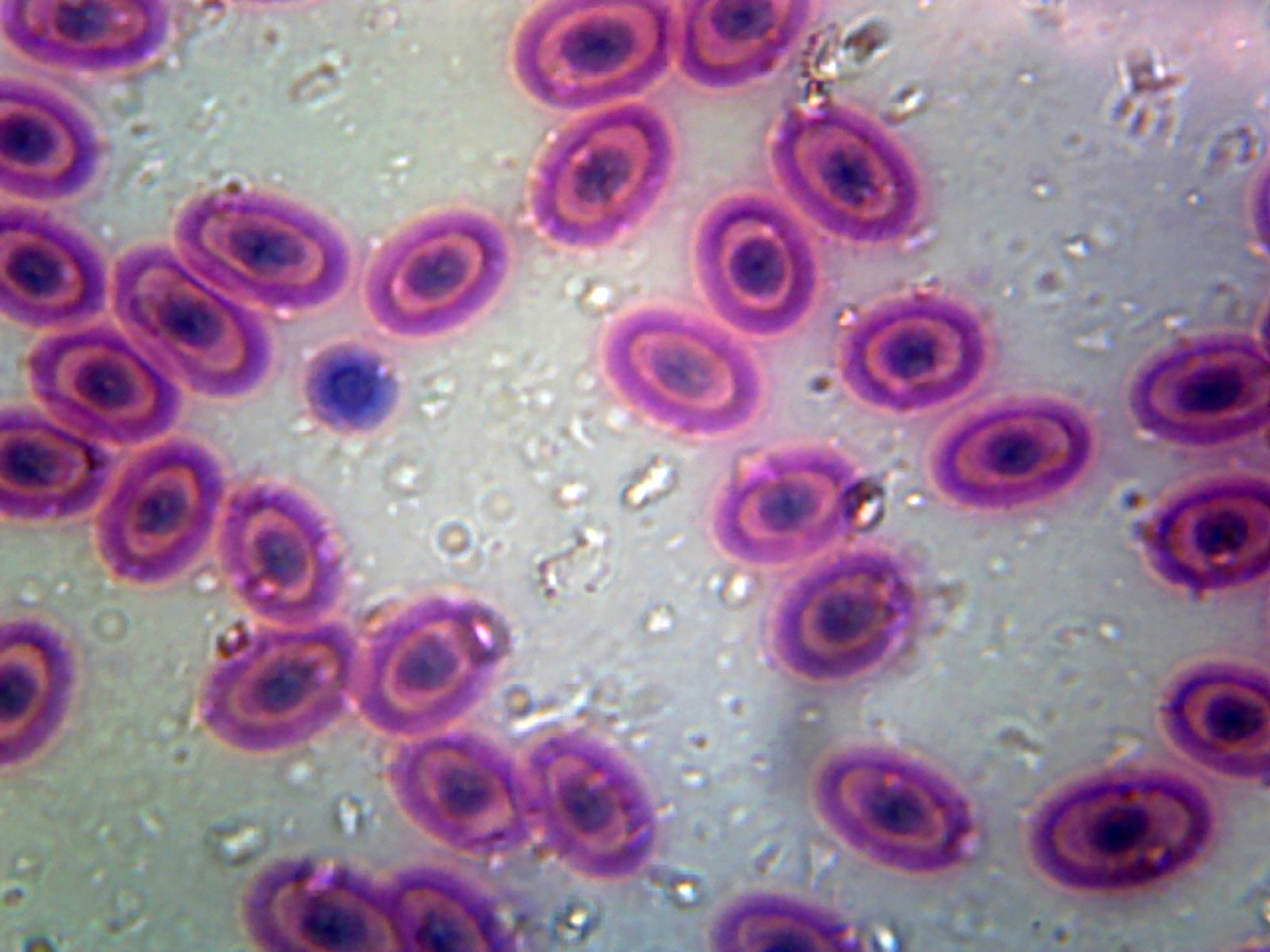The Nobel Prize has been around since 1895 when Swedish scientist Alfred Nobel established it in his will. Prizes have been awarded annually since 1901 in the fields of chemistry, physics, physiology and medicine, literature, and peace. Since 1968, the central bank of Sweden has awarded the “Sveriges Riksbank Prize in Economic Sciences in Memory of Alfred Nobel,” which, despite being absent from the will of Alfred Nobel, is still commonly referred to as the Nobel Prize in Economics and is announced alongside the other awards.
Now that our little history lesson is over, it is time to get to the meat of this blog. Just a little over a week ago, between the 1st of October and the 11th, the world received the news of who would be the Nobel Laureates for 2018, including news of the postponement for the prize in literature. So, for this week, I wanted to explain to you what this year’s scientists did to earn their prizes.
Before I begin, I would be remiss to not briefly mention the recipients of the prize in economics: William D. Nordhaus “for integrating climate change into long-run macroeconomic analysis” and Paul M. Romer “for integrating technological innovations into long-run macroeconomic analysis.” With that said, I know that you don’t read this blog for economics.
Without further ado, let’s find out about this year’s Nobel science prize winners and their incredible accomplishments:
The Nobel Prize in Chemistry
Winners
- Frances H. Arnold "for the directed evolution of enzymes"
- George P. Smith and Sir Gregory P. Winter "for the phage display of peptides and antibodies"
The prize for chemistry this year was awarded to three scientists for their work in using the principles of evolution to revolutionize chemistry.
Frances Arnold's life's work has centered around the directed evolution of enzymes. An enzyme is a substance, often a protein, which catalyzes a chemical reaction in an organism. If one were able to control enzymes, they would be able to catalyze reactions in ways that are more efficient or even unheard of in nature. Enzymes are made up of different amino acids which can be combined in many ways. Rather than trying to logically decide how to manufacture a new enzyme, Arnold developed a new approach of directed evolution.
This process works like so: introduce a ton of random edits into an enzyme's genes, have bacteria produce all of these enzyme variants, test these variants for which one has the desired properties, and then continually repeat this process with the enzyme genes which produced the desired results until a new and improved enzyme is found. This process essentially guides the process of evolution to create a new enzyme which otherwise wouldn't occur in nature. Since discovering this technique, it has been applied in many ways, such as creating enzymes that produce biofuels from sugars.
George Smith's research deals with his discovery of phage display. Phage display is his technique for 'hacking' bacteriophages, which are viruses that infect bacteria, in order to create or find new proteins. By inserting a gene into the DNA of a bacteriophage, any bacteria infected with it would express the protein associated with that gene. This process allows researchers to show links between certain genes and their associated proteins.
Gregory P. Winter expanded on the idea of phage display by showing that it could be used in the directed evolution of antibodies. Smith's phage display method allowed Winter to find genes for antibodies that could bind to certain target proteins. Then, like Arnold, he would observe which antibodies bound best to his target protein, and he would guide future evolutions of that antibody to bind even better with the target protein. With this technique, therapeutic antibodies have been found to treat conditions such as rheumatoid arthritis, lupus, and even some metastatic cancers.
Check out some of their research below:
- Frances H. Arnold - Website
- George P. Smith - Phage Display
- Sir Gregory P. Winter - Using Phage Display to Make Antibodies
The Nobel Prize in Physiology or Medicine
Winners
- James P. Allison and Tasuku Honjo "for their discovery of cancer therapy by inhibition of negative immune regulation"
Both James Allison and Tasuku Honjo have been essential names in the field of immunology. Immunology is the study of the immune systems found throughout all organisms. Allison and Honjo specifically made their marks in immunology’s subfield of immunotherapy, or, more specifically, cancer immunotherapy. Parallel research from the two has led to successful, approved therapies for multiple forms of cancer and opened up entirely new options of treatment.
To summarize their combined contributions, the two have discover ways to trick the human body’s immune system into attacking malignant cancer cells. Their work focused on a specific type of cell in the immune system known as t-cells. T-cells are a family of cells in the immune system that locate and destroy foreign threats to the body. Cancer presents a unique challenge to t-cells, however, because cancer cells are cells made by your own body that have grown abnormally and present a threat of spreading to other parts of the body. T-cells are naturally designed with various inhibitors that prevent them from attacking the body, which is a great thing most of the time. These preventative measures are very important usually, as they prevent your body from destroying itself when there is nothing wrong with it. When dealing with cancer, though, t-cells can’t recognize a tumor as a threat.
And this is where our Nobel laureates step in. Their work has been in manipulating various “checkpoint” molecules in the immune system. These checkpoint molecules are proteins that need to be activated for the immune system to know what it needs to attack or leave alone.
James Allison’s research breakthrough deals mainly with the checkpoint protein CTLA-4 that resides on t-cells. Allison over the years has been able to show that by inhibiting this protein, it is possible to trick the immune system into attacking the cancerous cells. Since his first discovery with mice in the ‘90s, he has grown this research into an effective therapy for cancer in humans.
Tasuku Honjo’s work follows a similar trajectory. He discovered the protein PD-1 and found that he could manipulate the protein on t-cells and a protein, PD-L1, that it binds to on normal/cancerous cells. PD-1 has a similar function to CTLA-4, but it operates via a different mechanism. When these proteins function normally, the PD-1 binds with the PD-L1 on a cell and marks it for other t-cells to know not to attack it. Honjo’s work shows that these proteins can also be inhibited to encourage t-cells to attack tumors.
Their combined work has led to several FDA approved immunotherapy drugs that have shown success in treating cancers like melanoma, lung cancer, Hodgkin lymphoma, and more.
Check out some of their research below:
The Nobel Prize in Physics
Winners
- Arthur Ashkin "for the optical tweezers and their application to biological systems"
- Gérard Mourou and Donna Strickland "for their method of generating high-intensity, ultra-short optical pulses"
This years Nobel prize in physics has everything to do with lasers.
Arthur Ashkin's prize was awarded for his invention of optical tweezers. After discovering that he could use a laser to move very small spheres, his invention began falling into place. He realized that lasers have a higher concentration of photons in the center of their beam and that his spheres were drawn towards this higher concentration of photons. This led him to being able to use his lasers to levitate his spheres. And, finally, with the addition of a lens to further focus his beam, he was able to show that this focused point of light had enough radiative pressure to trap small particles. By using a weaker infrared laser, he was even able to trap living organic molecules and study them without killing them. Since their invention, Ashkin's work has been essential in studying biological systems and how mechanisms within them function, as well as manipulating them for various applications.
Gérard Mourou and Donna Strickland revolutionized laser physics in a different way. They managed to find a method for amplifying lasers which they coined chirped pulse amplification, or CPA for short. This process stretches out a laser pulse, amplifies it, and then compresses it again to deliver a very high intensity pulse that would be impossible to achieve otherwise. This technique has revolutionized the use of lasers in not only physics, but also medicine and chemistry. It can be used to observe and manipulate electrons, manufacture micro surgical stents, make extremely precise cuts, and more - the applications are not even fully explored yet.
Check out some of their research below:
- Arthur Ashkin - 1, 2, and 3
- Gérard Mourou and Donna Strickland - Chirped Pulse Amplification
And there you have it. Those are all eight scientists that will be receiving the Nobel prize later this year for their stunning achievements. Keep your eyes out for the awards ceremony on December 10th.
Each and every one of these scientists began the same: an eager student looking to grow their knowledge and push the boundaries of what we know about the world. Who knows, maybe one of you reading this blog will become a Nobel Laureate yourself one day. Or maybe one of your students will. The point is this: no one knows what they can discover until they try. Science is a never-ending pursuit and it is our jobs to keep pushing forward, as Alfred Nobel said in his will, "for the greatest benefit to humankind."
Written By: Jacob Monash











